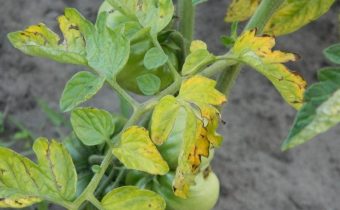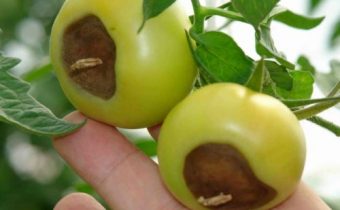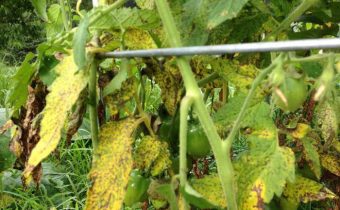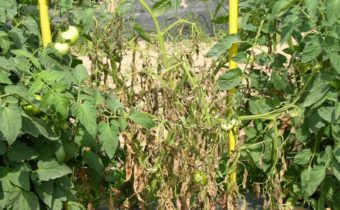Bushes of tomatoes are infected with bacteriosis, what to do?
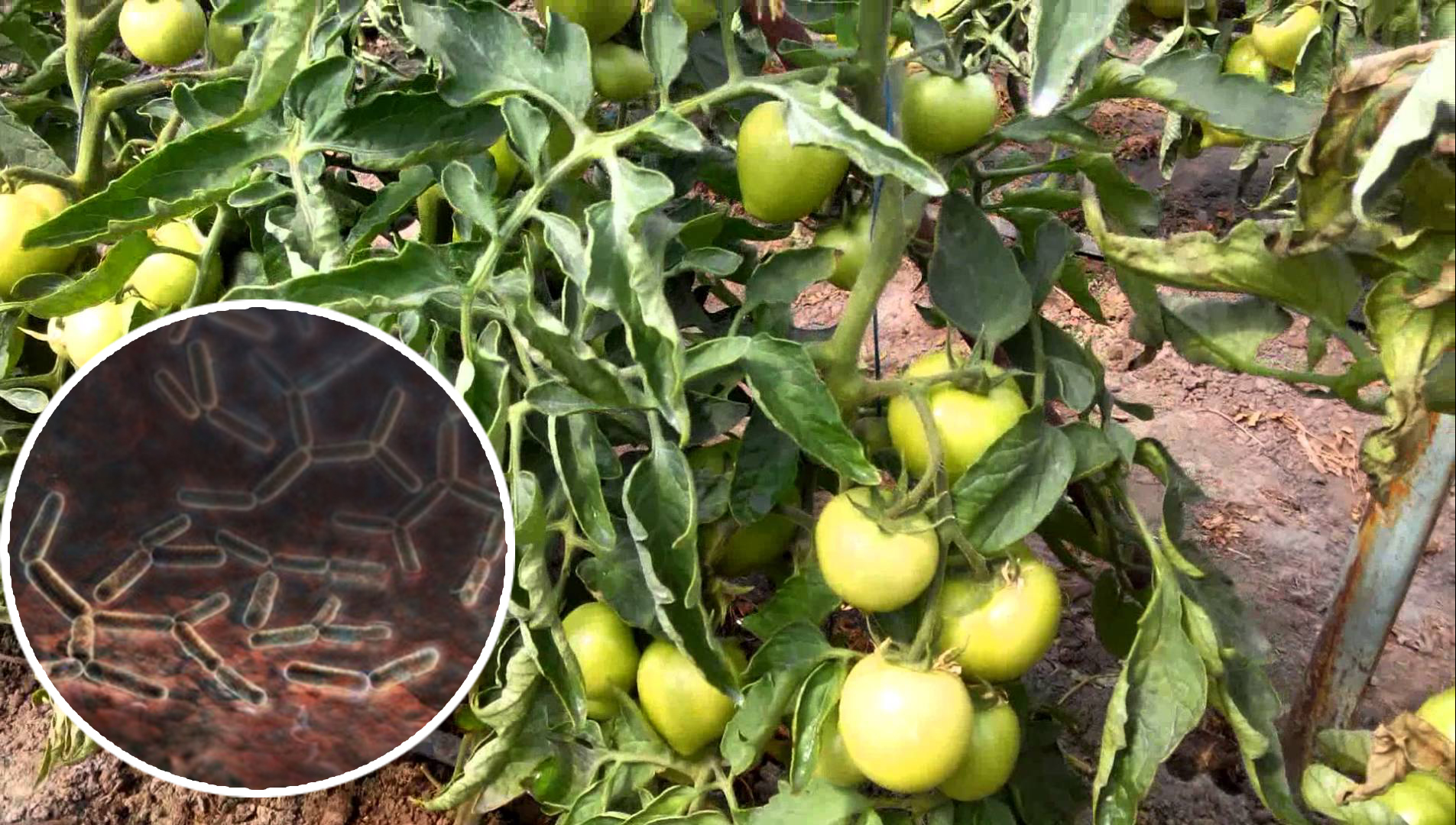
Bacteriosis is an inconspicuous disease of tomatoes, which in most cases leads to the death of plants. To recognize the disease, you need to familiarize yourself with the main symptoms of the course of the disease. How to determine sick tomatoes, or not? What measures to take, if you still managed to determine the symptoms of bacterial wilt?
Symptoms of bacterial wilt
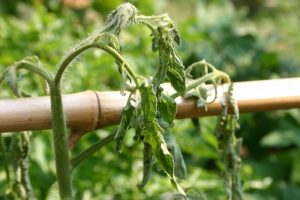 The causative agent of wilting is the bacterium "Erwinia phytophthora". The disease at the initial stage does not manifest itself, the plant looks absolutely healthy. But, inside the stem, a slimy mass is formed with bacteria that provoke the death of the plant. Favorable environment for the development of the disease is wet hot weather. Bacterial wilting of tomatoes occurs in two forms: acute and chronic. The first takes no more than three days. Chronic lasts more than a week. The fruit is striking from the inside. Symptoms of chronic bacterial wilt:
The causative agent of wilting is the bacterium "Erwinia phytophthora". The disease at the initial stage does not manifest itself, the plant looks absolutely healthy. But, inside the stem, a slimy mass is formed with bacteria that provoke the death of the plant. Favorable environment for the development of the disease is wet hot weather. Bacterial wilting of tomatoes occurs in two forms: acute and chronic. The first takes no more than three days. Chronic lasts more than a week. The fruit is striking from the inside. Symptoms of chronic bacterial wilt:
- on the surface of the stem can be traced stripes, which are painted in brown;
- “aero roots” appear on the radical part;
- leaves begin to turn yellow from the bottom of the tomato;
- the plant begins to linger in growth, the development of fruit-bearing shoots almost completely stops;
- if you cut the stem, you can see brown stripes and mucus.
The plant is infected through the root system. Wilting occurs due to blockage of the vascular system, bacteria. The latent period of the disease can last for two months, but as soon as the weather sets in hot and humid, the plant dies within a few days.
Causes of Tomato Infection
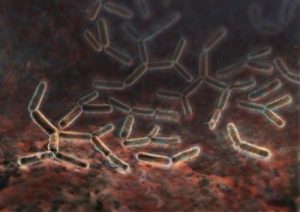 Wilt bacteria are found in the upper layers of the soil, affecting not only tomatoes, but also other vegetable crops. Infection of tomatoes occurs:
Wilt bacteria are found in the upper layers of the soil, affecting not only tomatoes, but also other vegetable crops. Infection of tomatoes occurs:
- Through wounds on the stem, which were made during transplanting seedlings, weeding, loosening the soil.
- The plant can infect insects and rodents that have been in contact with diseased plants, and then with healthy tomatoes.
- Infection of tomatoes can occur during the irrigation process if wilting bacteria are present in the water.
- Infection of vegetable culture occurs with garden implements, which carry out work with the soil and plants.
- Excessive fertilization with nitrogen supplements reduces the resistance of tomatoes to bacterial wilt.
- The probability of illness increases with constant sudden changes in temperature during the day and at night.
Important!
Tomatoes infected with bacterial wilt cannot be cured. They only need to destroy.
Fighting bacterial wilt
Sick plants need to be pulled from the garden and burned so that they do not infect the rest of the tomatoes. To prevent infection of healthy tomatoes will allow processing treatment "Fitolavin."
Preparation of working solution: take 20 milliliters of the drug, dissolve in 10 liters of water. Pour half of the resulting solution into a spray bottle, spray all plants completely. Use the other half to water the tomatoes at the root, spending 30 milliliters per bush.
Decontaminate the soil where the diseased tomatoes grew. As a disinfectant, use:
- one percent manganese solution. Preparation: in one liter of water dissolve 10 grams of potassium permanganate.Water the soil where infected plants grew;
- solution based on the preparation "Baikal-EM". Take half a glass of liquid preparation, dissolve in a bucket of water. Consumption per square meter of soil is 2.5 liters.
Important!
To use chemical preparations for disinfection, when plants cannot be grown on a bed, it is possible to harm their growth.
Prevention of disease
Measures to protect tomatoes from bacterial wilt:
- Carry out decontamination treatment of seed and soil before planting. To soak the seeds, use the solution based on the “Fitolavin” preparation (soak the seeds for 1 hour before planting, preparation of the solution: dissolve 2 ml of the preparation in 100 ml of water). Soil decontaminate one-percent potassium permanganate or a solution based on "Baikal-EM".
- Choose tomato varieties resistant to bacterial wilt.
- Keep the beds clean of weeds, so as not to attract insects and rodents that can infect plants.
- Periodically disinfect garden tools. Use for disinfection drug "Ecocide-C". Dissolve 50 grams of the drug in 5 liters of warm water. The resulting solution to process garden tools, spraying it completely.
- Crop rotation on the plot. To grow tomatoes in the same place only after 3-4 years.
- In the autumn, after harvesting, disinfect the soil with fungicides.



